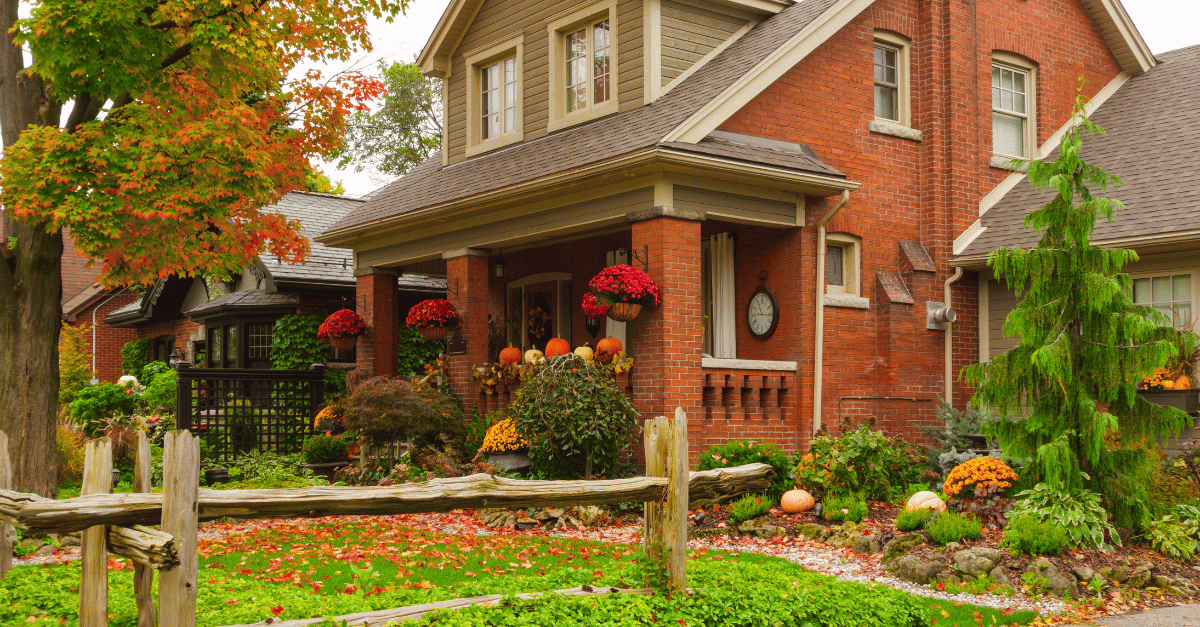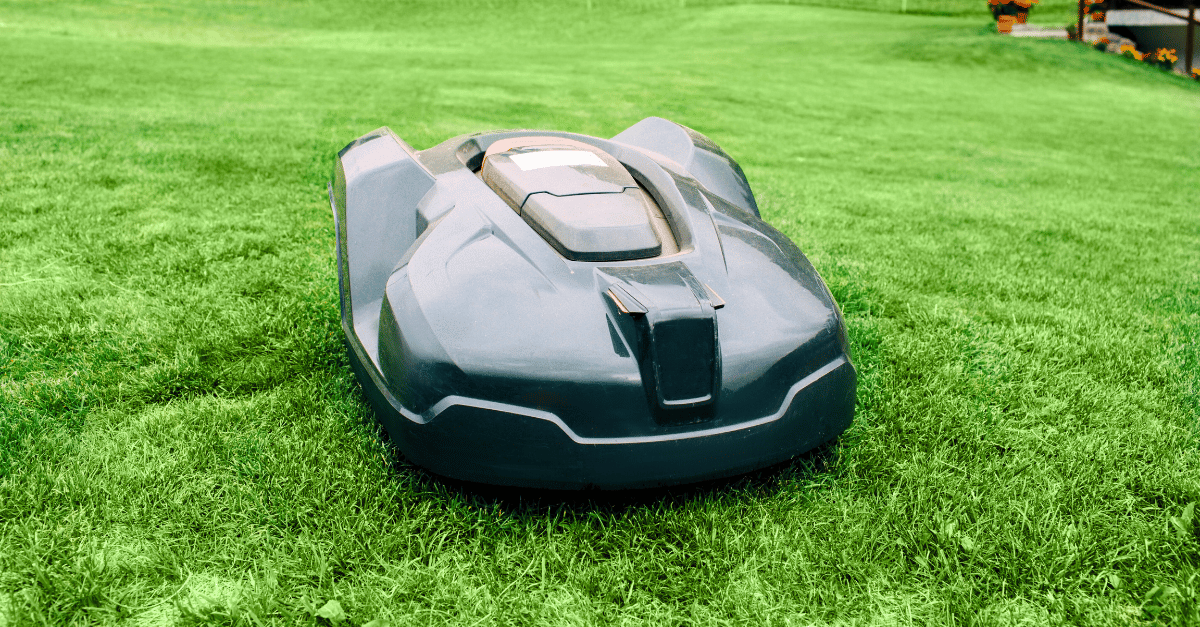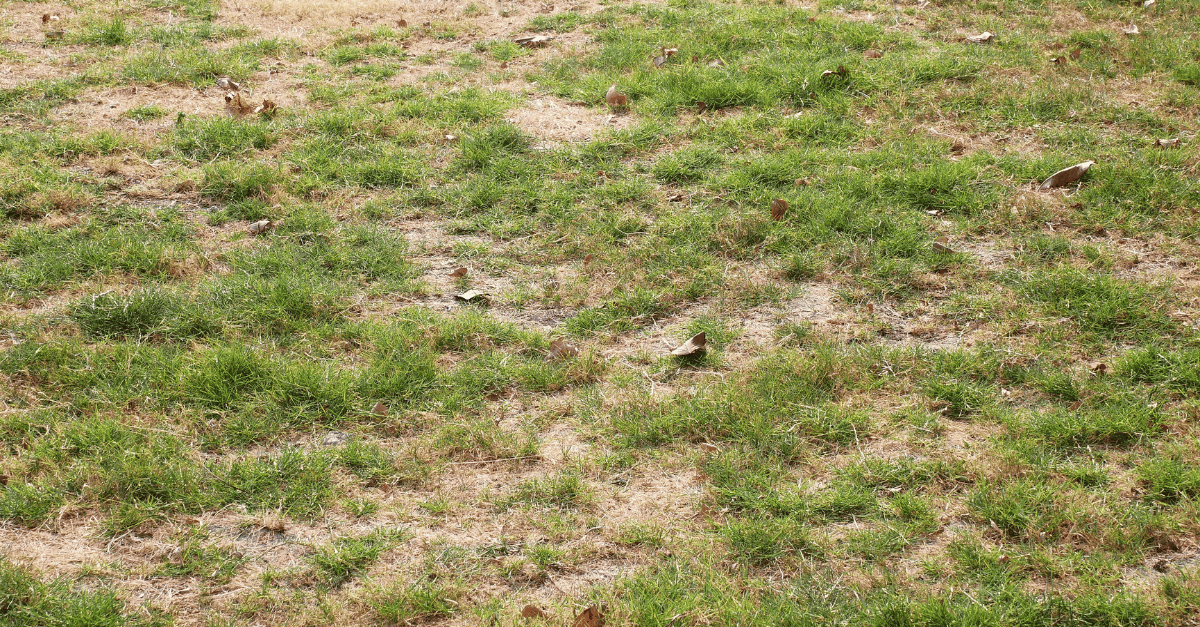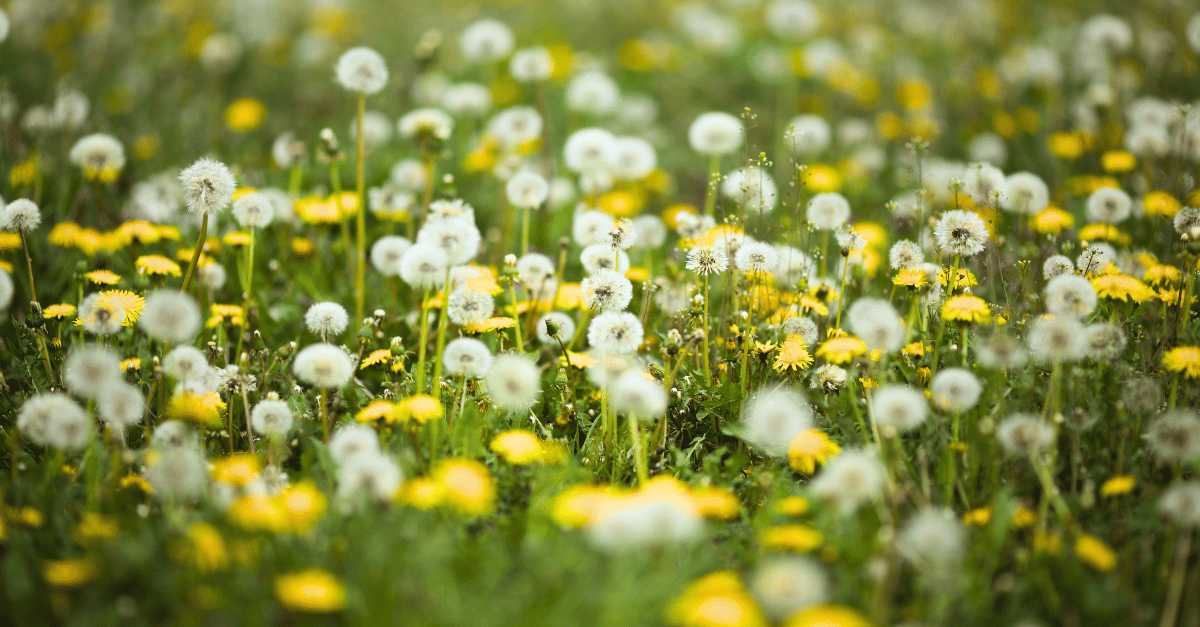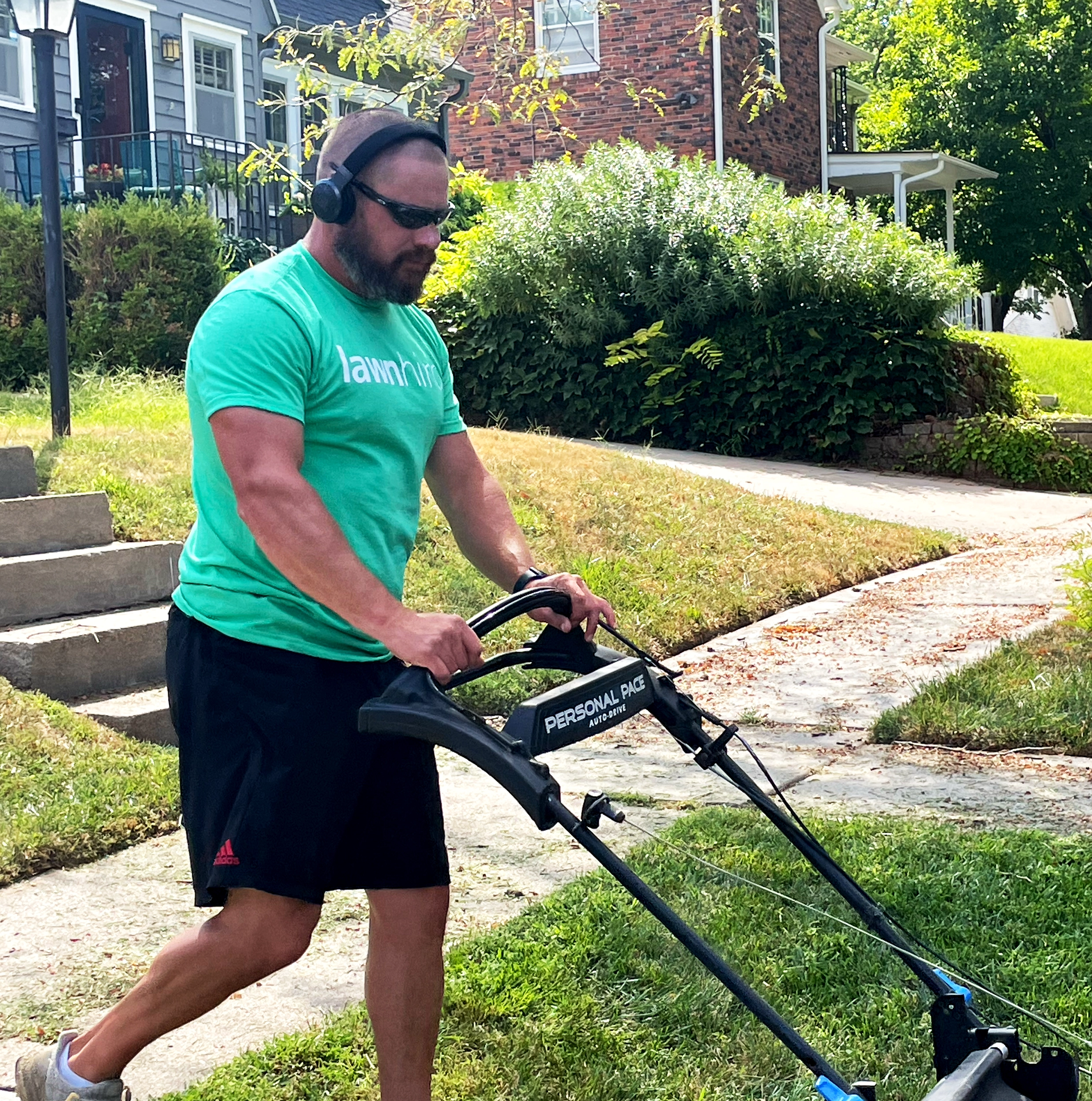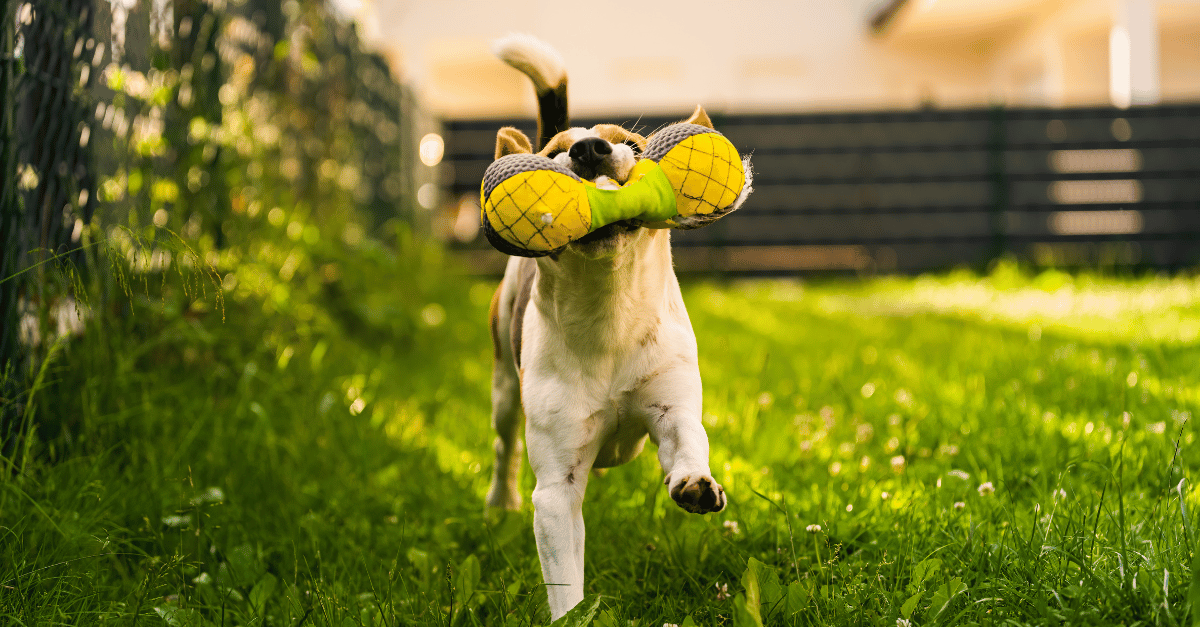
How to Create a Pet-Friendly Lawn
As pet owners, the safety and health of our pets is so important to us. We provide them with clean food and water, use pet-friendly cleaning products, avoid harmful indoor plants, and so much more, but what about our backyard? Follow our guide below to learn about creating the perfect pet-friendly lawn.
What is a pet-friendly lawn?
Pet-friendly lawns feature non-toxic grass and plants, ensuring your pets can explore safely. These lawns avoid harmful chemicals and materials that could injure or poison your furry friends.
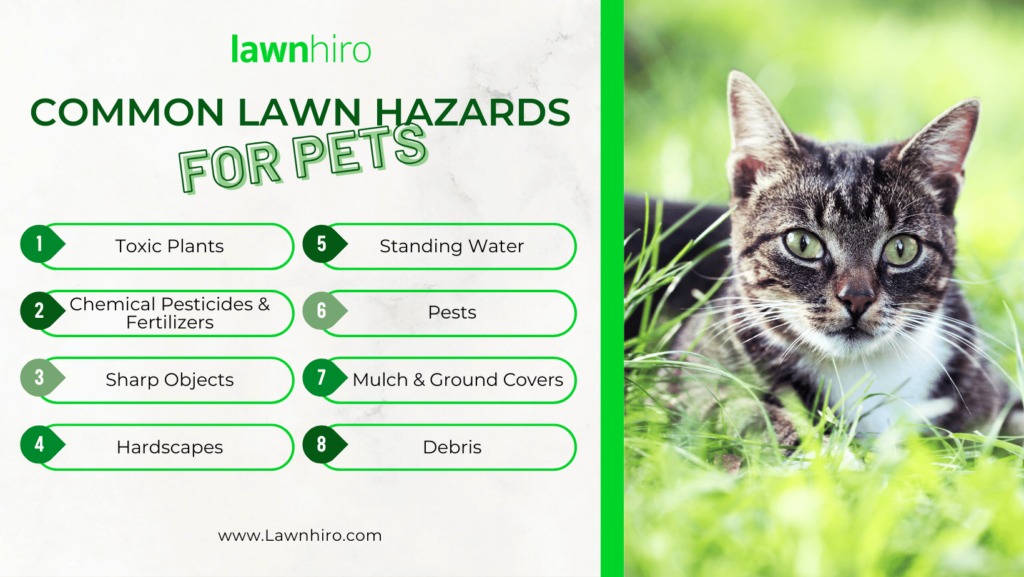
Common Lawn Hazards for Pets
- Toxic Plants
- Lilies
- Azaleas
- Foxglove
- Rhododendrons
- Chemical Pesticides and Fertilizers
- Synthetic pesticides
- Chemical weed killers
- Non-organic fertilizers
- Sharp Objects
- Thorns
- Metal or glass fragments
- Sharp-edged landscaping materials
- Hardscapes
- Rough stones or pavers
- Uneven surfaces
- Gravel or crushed stone paths
- Standing Water
- Puddles
- Poorly drained areas
- Water features without barriers
- Pests
- Fleas and ticks
- Snakes
- Rodents
- Mulch and Ground Covers
- Cocoa mulch
- Certain types of bark mulch
- Debris
- Fallen branches
- Unattended garden tools
- Lawn equipment left outside
Choosing the Right Grass and Plants
Best Types of Grass for Pet-Friendly Lawns
Select durable, non-toxic grass types such as Bermuda or Fescue. These grasses withstand pet traffic and resist damage, keeping your lawn lush and safe.
- Bermuda Grass
- Durable and resilient
- Recovers quickly from wear and tear
- Fescue Grass
- Soft and dense
- Tolerant of shade and drought
- Kentucky Bluegrass
- Lush and dense
- Recovers well from damage
- Ryegrass
- Fast-growing
- Handles heavy foot traffic
- Zoysia Grass
- Tough and wear-resistant
- Thrives in warm climates
- Buffalo Grass
- Low maintenance
- Drought-tolerant and soft underfoot
- Centipede Grass
- Low-maintenance
- Tolerates heat and light foot traffic
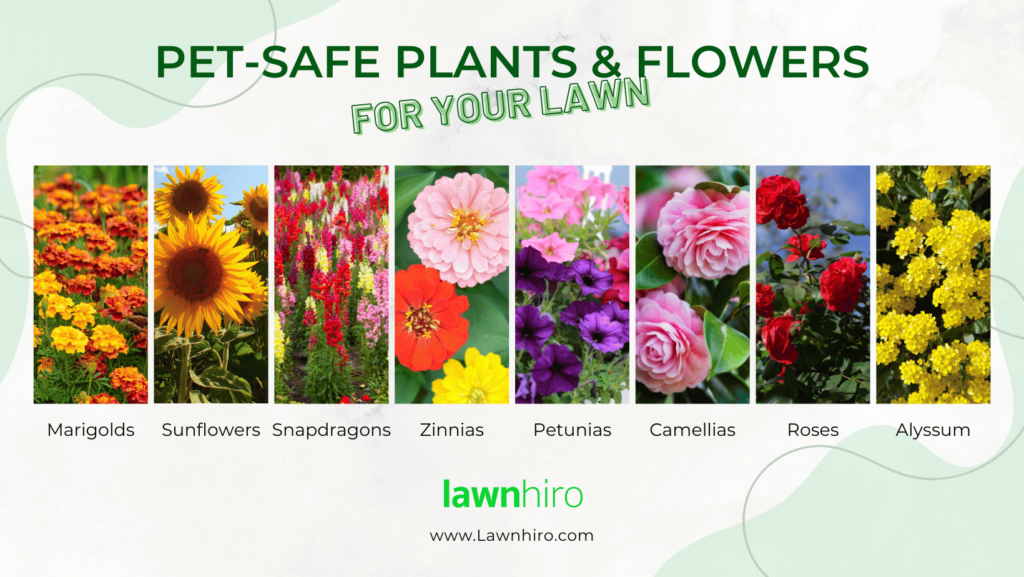
Safe Plants and Flowers for Pet-Friendly Lawns
Opt for pet-safe plants like marigolds and sunflowers. These plants enhance your lawn’s beauty without posing a risk to your pets.
- Marigolds
- Sunflowers
- Snapdragons
- Zinnias
- Petunias
- Camellias
- Roses
- Alyssum
- Impatiens
- Magnolias
Lawn Care Tips for Pet Owners
Organic Lawn Care for Pet-Friendly Lawns
Use organic fertilizers and pest control methods. They benefit your lawn and avoid exposing your pets to harmful chemicals. Organic treatments ensure a safer, greener environment.
Regular Maintenance and Mowing
Mow your lawn regularly to maintain its health. Keeping the grass at an optimal height prevents pests and weeds. Regular mowing also reduces the risk of injuries to your pets from overgrown grass.
Creating Safe Play Areas
Designate specific areas for pets to play and dig. Install pet-friendly hardscapes like sandboxes or gravel pits. These features allow pets to play without damaging the main lawn area.
Dealing with Pet Urine Spots
Prevent and treat urine damage by diluting the area with water immediately. Use pet-friendly grass types that resist urine spots. Maintaining lawn health despite pet activity ensures a vibrant lawn.
Managing Digging and Traffic Damage
Minimize damage from digging by providing designated digging areas. Use resilient grass types and repair damaged areas promptly. Quick recovery ensures a continuously beautiful lawn.

Let Lawnhiro Help
Creating a pet-friendly lawn ensures a safe, beautiful space for your pets to enjoy. Take steps to choose the right grass, use organic lawn care methods, and address common pet-related issues. Schedule mowing or overgrown lawn rescue with Lawnhiro today and let us help you maintain a healthy, pet-friendly lawn.


